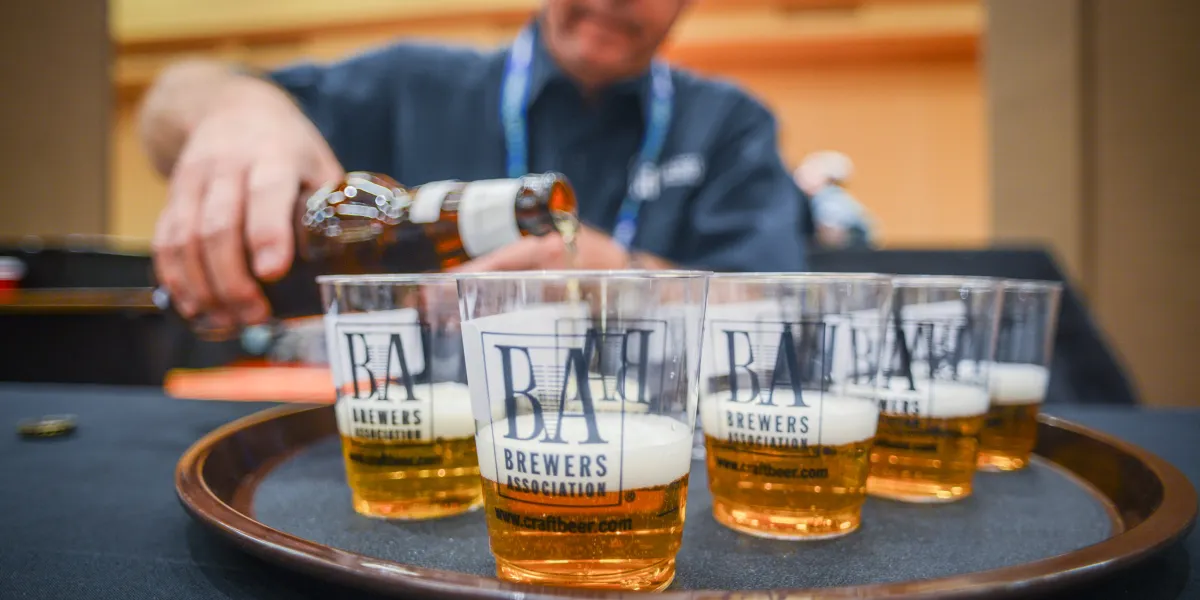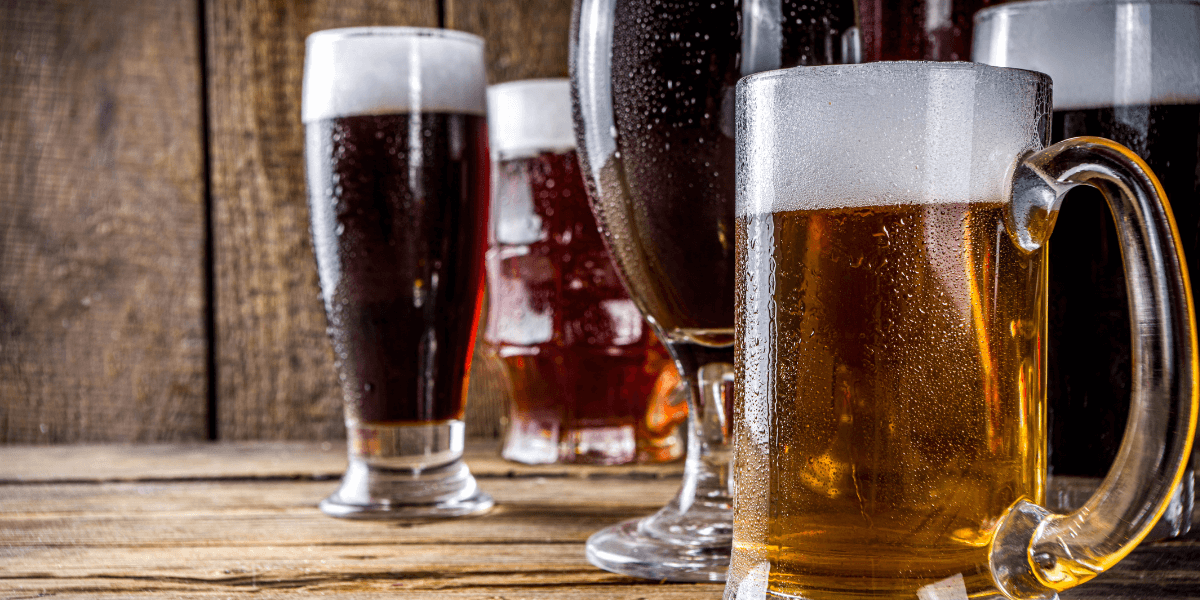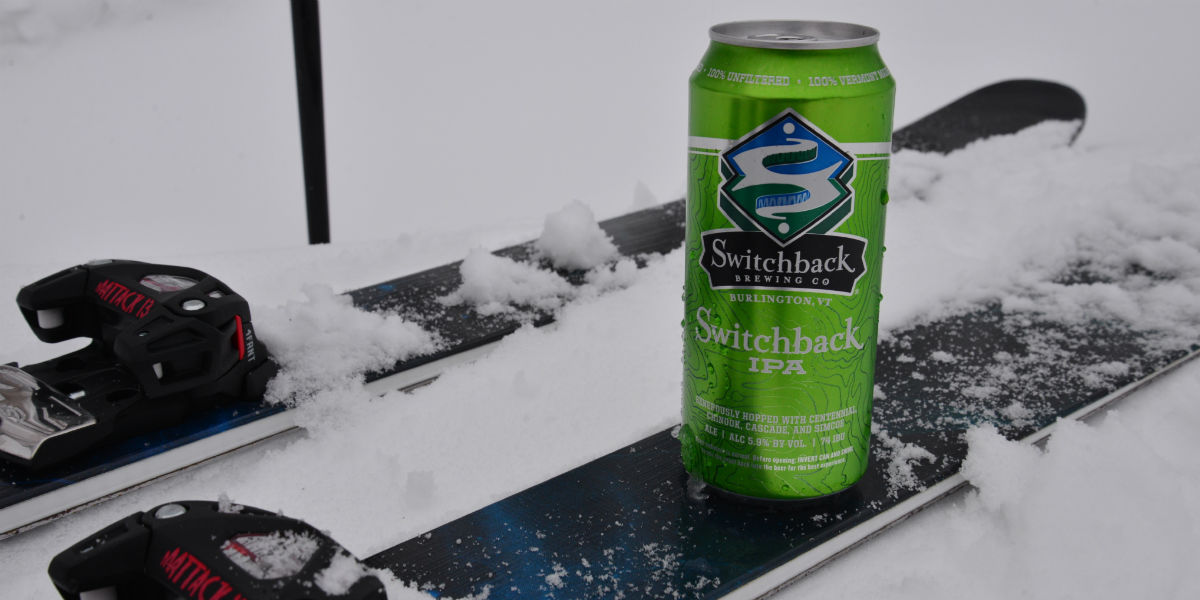
As a craft beer enthusiast who enjoys exploring different brewing techniques, I’ve always found it exciting to transform traditional beers into something more experimental and flavorful. One brewing practice that I’ve been particularly intrigued by is dry hopping. Dry hopping Bud Light may sound unusual at first, but after experimenting with it, I can confidently say it’s a fantastic way to elevate the beer’s flavor profile without completely changing its essence. In this article, I’ll walk you through my experience of dry hopping Bud Light and why I think it’s a technique worth trying for anyone who enjoys a good light beer with an extra twist.
What Is Dry Hopping?
Before diving into my process of dry hopping Bud Light, it’s important to understand what dry hopping actually entails. Dry hopping is the act of adding hops to beer after it’s been boiled and cooled, typically during the fermentation process. This method doesn’t extract bitterness from the hops but instead imparts aromas and flavors, such as citrus, pine, or floral notes, to the beer. In most brewing processes, hops are boiled to add bitterness, which balances the sweetness from the malt. But when dry hopping, the goal is to add aromatic flavors without altering the beer’s bitterness.
While dry hopping is commonly used in hop-forward beers like IPAs, I was curious to see how it would affect a lighter beer like Bud Light. The idea was simple—without adding too much bitterness, I could enhance the aroma and complexity of Bud Light with a fresh hop character. Dry hopping Bud Light allows you to introduce flavors like citrus and tropical fruit, which are often present in many of the craft beers I enjoy, without drastically changing its drinkability.
Why Dry Hop Bud Light?
You might be wondering, why would someone want to dry hop a beer like Bud Light in the first place? Well, the answer lies in the nature of light beers themselves. Bud Light, like many other light lagers, tends to have a crisp and clean flavor but can lack the bold hop presence found in other craft beer styles. As much as I appreciate a good light beer for its refreshment factor, I sometimes crave a bit more aroma and complexity in the beer itself.
By dry hopping Bud Light, I was able to enhance the beer’s natural qualities while giving it a bit more character. I didn’t want to change the beer drastically or overpower its lightness, but rather subtly infuse it with the fresh and vibrant notes of hops. Dry hopping Bud Light is a fun and easy way to experiment with flavors and create something that’s truly unique.
Selecting the Right Hops for Dry Hopping Bud Light
When it comes to dry hopping, choosing the right hops is key to achieving the desired flavor profile. Since Bud Light is a light beer, I needed hops that would complement its refreshing, clean taste without overpowering it. I didn’t want hops that would overwhelm the beer with too much bitterness, so I opted for varieties that are known for their aromatic qualities.
Citra Hops
Citra hops are a popular choice among craft brewers because of their strong tropical fruit aromas. They impart vibrant flavors of grapefruit, lime, and passion fruit. These bright, citrusy notes can lift the beer and give it a more lively character, which is exactly what I was looking for when dry hopping Bud Light.
Cascade Hops
Another great choice for dry hopping a light beer is Cascade hops. Known for their floral, citrusy aroma with hints of grapefruit, Cascade hops provide a balanced, fresh fragrance that complements a beer like Bud Light. They’re commonly used in pale ales, but their subtlety works well for adding a mild hop profile to lighter beers.
Amarillo Hops
Amarillo hops are a fantastic addition to any dry-hopping experiment. They offer a unique mix of orange, tropical fruit, and floral aromas. With Amarillo, I knew I could introduce a slight citrus zing along with some complex fruitiness, which would be perfect for accentuating the clean maltiness of Bud Light.
For my dry-hopping experiment, I decided to use a combination of Citra and Cascade hops. These two hops would give the beer a burst of citrus and tropical flavors without overpowering its easy-drinking qualities.
The Dry Hopping Process
Now that I had my hops picked out, it was time to get started with the dry hopping process. Dry hopping Bud Light is relatively simple and doesn’t require any special equipment. Here’s how I went about it:
Step 1: Prepare the Beer
I started by taking a fresh, cold 12-pack of Bud Light and pouring it into a sanitized fermenter. You could use any clean vessel, but I found that a 5-gallon fermenter worked perfectly for this experiment. I made sure the beer was as fresh as possible because the quality of the beer going in plays a role in the final result.
Step 2: Measure the Hops
For this batch, I used 0.5 ounces of Citra hops and 0.5 ounces of Cascade hops. This amount of hops was enough to provide a good hop aroma without overwhelming the beer. Depending on your taste preferences, you can adjust the amount of hops used—more hops will result in a stronger aroma, while less hops will produce a subtler effect.
Step 3: Add the Hops to the Beer
Once I measured the hops, I placed them into a sanitized hop bag. Using a hop bag helps prevent loose hop particles from floating around in the beer and gives you a cleaner result. I then added the hop bag to the fermenter and sealed it tightly to avoid any contamination.
Step 4: Let It Sit
I allowed the hops to sit in the fermenter for about 4–5 days at room temperature. During this time, the hops infused the beer with their aromatic oils, gradually imparting their fragrance into the Bud Light. I occasionally gave the fermenter a gentle swirl to ensure the hops were evenly distributed.
Step 5: Remove the Hops and Bottle the Beer
After 4–5 days, I removed the hop bag from the fermenter. I made sure to let the hops drain thoroughly before discarding the bag. I then bottled the dry-hopped Bud Light and allowed it to carbonate for a week before tasting it.
Tasting the Dry-Hopped Bud Light
After a week of carbonation, it was time to taste the results. The first thing I noticed was the incredible aroma—there was a vibrant, citrusy fragrance that immediately filled the room. The tropical notes from the Citra hops were especially prominent, but the Cascade hops added a balanced floral character to the mix.
When I took my first sip, I was impressed. The beer still retained its light, crisp body, but now it had a refreshing burst of hop flavor. The citrusy notes blended beautifully with the beer’s malt profile, creating a subtle but exciting twist on the classic Bud Light. It was just enough to elevate the beer without changing its easy-drinking qualities.
Should You Dry Hop Bud Light?
If you’re someone who enjoys experimenting with flavors but still wants to maintain the familiar lightness of Bud Light, I highly recommend giving dry hopping a try. It’s a simple process that can significantly enhance the aroma and flavor of the beer without taking away from its clean, crisp characteristics. Plus, dry hopping is a great way to explore the world of hops and add a creative touch to an otherwise basic beer.
Dry hopping Bud Light won’t make it a completely different beer, but it will add a layer of complexity that makes it more interesting. It’s perfect for those who want to enjoy a light beer but still crave the boldness and freshness that hops can offer.
Conclusion
Dry hopping Bud Light is an easy and fun way to experiment with light beer, especially if you’re a craft beer fan looking for new ways to enjoy your favorite brews. By adding hops like Citra and Cascade, you can introduce exciting citrus and tropical fruit aromas while maintaining the beer’s refreshing qualities. Whether you’re new to dry hopping or simply curious about what it can do for Bud Light, this simple technique will give you a new appreciation for the potential of light beers.




